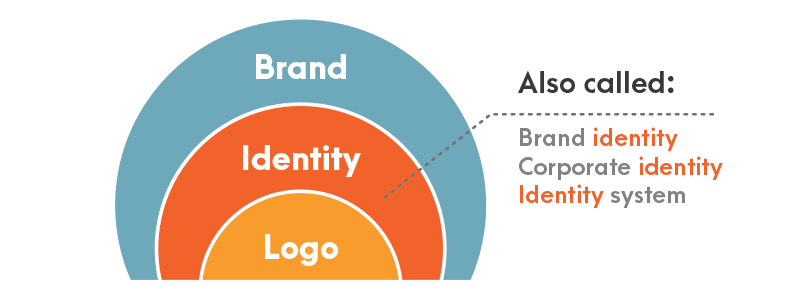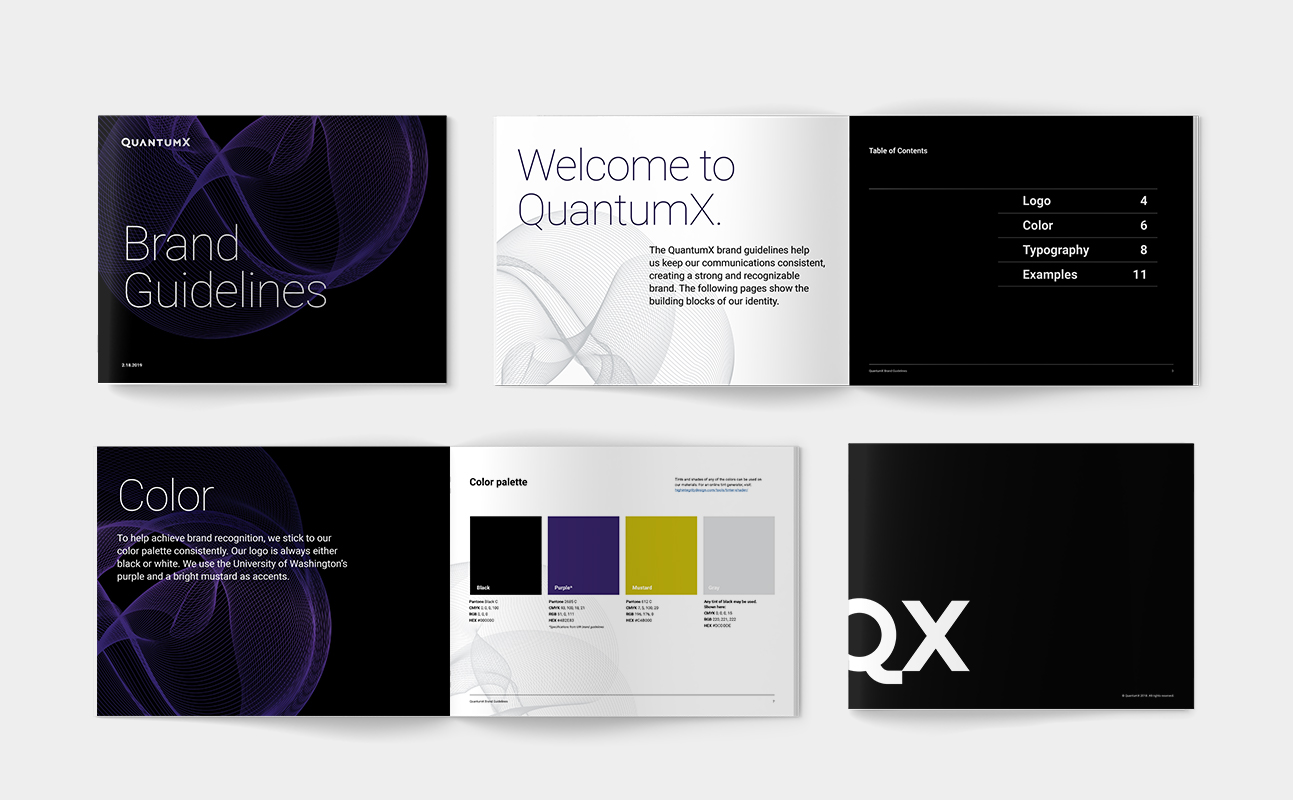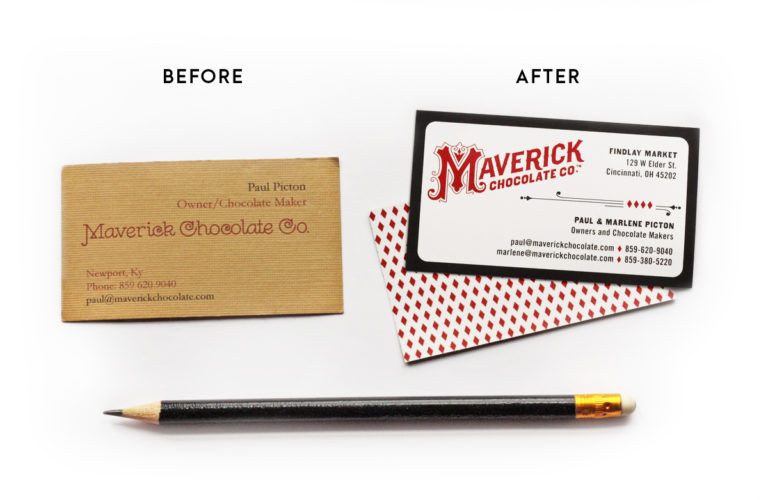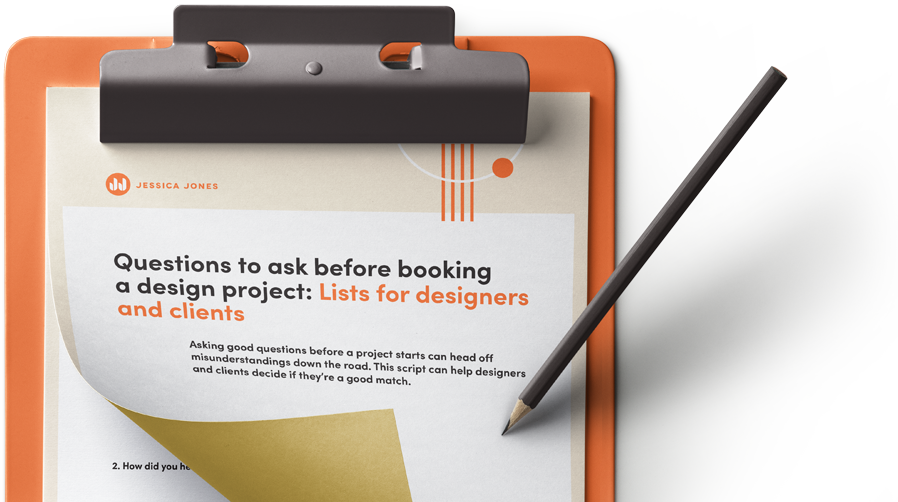Business articles are sprinkled with terms like branding, brand identity, logo design, corporate identity, and brand strategy. Different terms can describe the same thing. Sometimes the same term is used to describe different things. Confusing!
As a brand identity designer, I want to be clear with my clients about what I do (and also what no designer can do for you.)

Your brand is what people think of when they think about your company. It’s your reputation. It’s influenced by your values, your products, your marketing, your customer service. It’s shaped by magazine articles about you, how your stores smell inside, and what your neighbor’s mom said about you at the grocery store. And yes, it includes your logo, website, and business cards. Everything people encounter when they interact with your company adds to their perception of you. This is your brand.
“Branding” is the effort to influence this perception. You can’t control what your neighbor’s mom might say. But you can do your best to make the right impression.
A subset of a “brand” is the brand identity (also called corporate identity or identity system). The key word is identity. Just like with people, checking an ID proves you’re you and not somebody else. The tangible elements that a company repeats when they communicate with you make up its identity design:
Logo, colors, fonts, tagline, photography or illustration style, patterns, icons, messaging.
A brand style guide is a document that serves as a record of a company’s brand elements. It keeps everyone on the right track, using the right fonts, colors, and more. “Applications,” or places where the brand identity can be “applied,” include websites, brochures, signs, packaging, vehicles, and more.

Simple brand style guide book documenting an identity
Of all the parts that make up your brand identity, your logo is the most visible point of recognition. It doesn’t need to tell the world everything you do. It’s simply a tag or identifier. A red bullseye doesn’t reveal all the clothing, housewares, and food you can buy at Target. But it works as a quick mental trigger for everything you’ve learned about Target over time. And if you knew absolutely nothing about Target, you could still make some guesses about the style and personality of the company by looking at the logo.
Logos by Jessica Jones
Brand identity designers use strategy to create the elements of your brand. Your logo, color palette, typography, image style, tagline, voice, and tone should be unique to your company. They help illustrate your brand. An identity designer isn’t going to make the conveyor belt in your plant run faster or tell you which employees to hire. But we can influence the public’s perception of you by creating an appropriate, consistent look and feel.

Business card redesign for Maverick Chocolate Co. See the rest of the identity design here.
Maybe you’re a small business beginning from scratch. Or maybe you’ve been around for many years, and you’re wondering whether you should update your existing brand identity. After all, it’s gotten you this far! Is it worth investing in better design?
For businesses that get all their customers from neighborhood referrals—and they’re satisfied with that—it’s probably not worth it. Think of plumbers, mechanics, or dentists. As long as their service is great, nobody minds if their visual branding is less than stellar.
But if you’re in a competitive market or an industry where aesthetics and messaging can increase your revenue (think food and beverage, hospitality, fashion, tech, financial services, health and wellness, etc.), you can benefit from the work of an identity designer. You might need a brand refresh if your mission has shifted, your audience has changed, your products and services are different, you have new competition, or you want to change your reputation. Maybe your old identity design is dated, and consumers are no longer responding. You need to signal the start of a new era.
Strategic design will help you:
Sometimes when you’re watching a TV commercial, you can guess who it’s for based on the style alone—even before the product or company is revealed. Sometimes you can cover up the logo on a package, ad, or truck and still know who it belongs to. That’s how good identity design works. It’s a cohesive system, not just a logo.
What that system looks like should be based on a strategy. What’s the main idea behind your business? What are your values and ways of working? What’s the personality of your company? Who are the kindred-spirit customers who will like what you’re doing? How will we reach these people? What do they need and respond to? What will be the hook that gets them in the door, so they can see how awesome you are? Insights about you, combined with insights about them, will shape your brand identity. When your design connects both parties, you’ve done it right.
I help clients channel their magic into branding that moves their audience— to sign up, join, buy, promote, or fall in love with what they’re all about.
